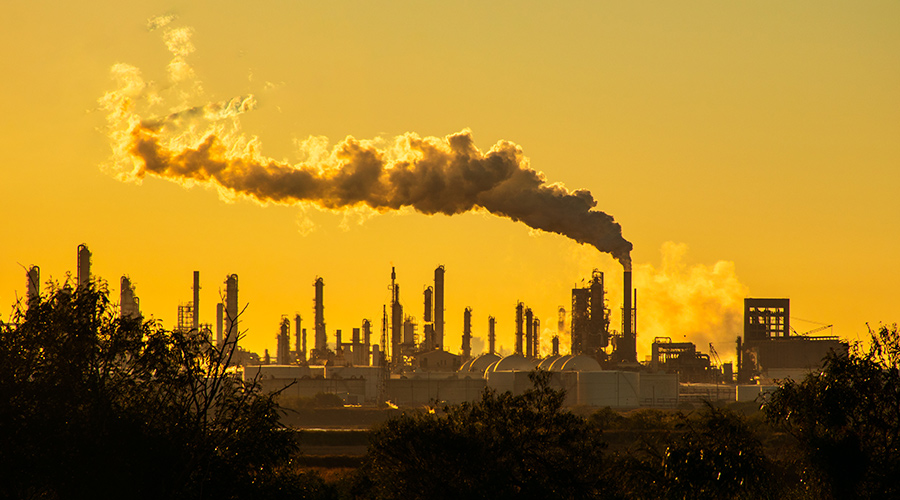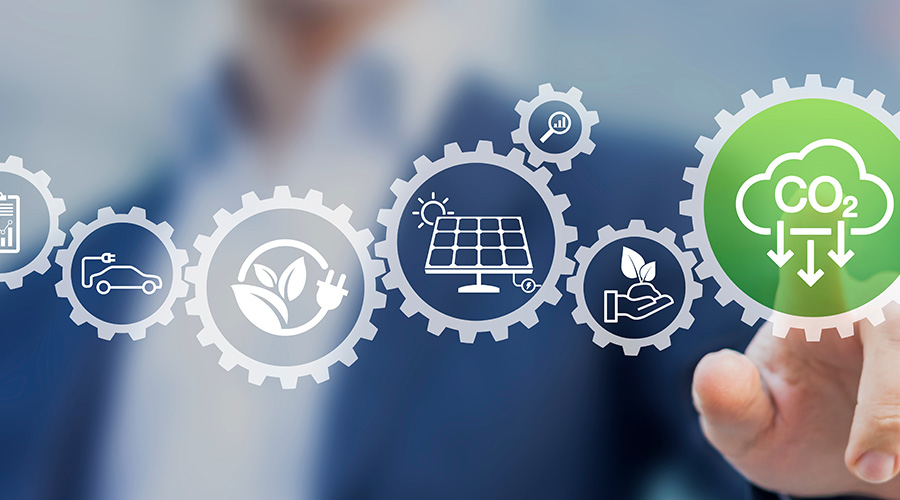Two Energy Futures
 Would you be in favor of mandatory greenhouse gas limits if that meant more nuclear power plants could be built? Support more use of coal in return for additional renewable energy? More to the point, how do you think Congress and the Bush administration would answer those questions?
Would you be in favor of mandatory greenhouse gas limits if that meant more nuclear power plants could be built? Support more use of coal in return for additional renewable energy? More to the point, how do you think Congress and the Bush administration would answer those questions?
These measures and more can be found in “Ending the Energy Stalemate,” a bipartisan report that seeks to define a centrist position on energy policy. The center, it turns out, has something for everyone to dislike. In fact, the only way to get agreement on the report as a whole was for many panelists to accept measures they oppose.
That fact highlights the difficulty of passing an energy bill. The consensus report amounts to an all-or-nothing package. Strip out specific provisions and the whole thing falls apart.
As a legislative proposal, the package isn’t likely to go anywhere. But let’s pretend it passes. For facility executives, measures to limit carbon dioxide emissions and reduce building energy use make energy efficiency an increasing priority.
Now let’s go to the other extreme and assume the current energy policy stalemate continues. National energy concerns — affordability and reliability of supplies, climate change, the U.S. energy infrastructure — go unaddressed. Prices rise and reliability declines. What does that mean for facility executives? Energy efficiency becomes an increasing priority.
Are other futures possible? Not only possible but likely. But what seems unlikely is a future where energy efficiency is less important than it is today.
Related Topics:








 Would you be in favor of mandatory greenhouse gas limits if that meant more nuclear power plants could be built? Support more use of coal in return for additional renewable energy? More to the point, how do you think Congress and the Bush administration would answer those questions?
Would you be in favor of mandatory greenhouse gas limits if that meant more nuclear power plants could be built? Support more use of coal in return for additional renewable energy? More to the point, how do you think Congress and the Bush administration would answer those questions?


